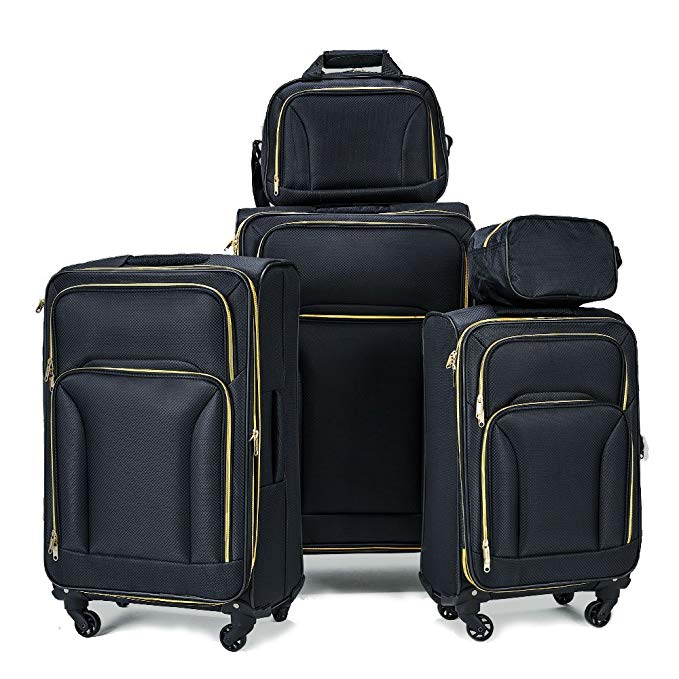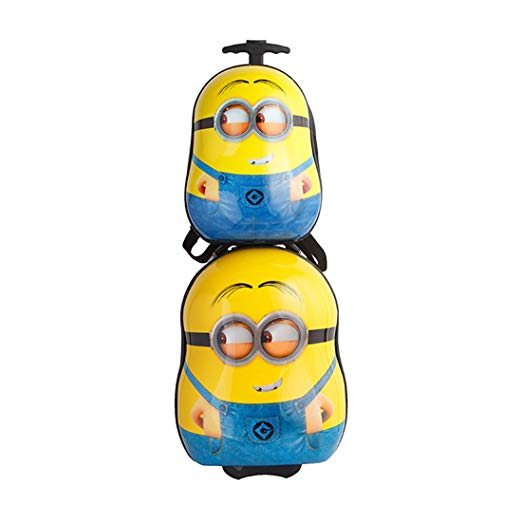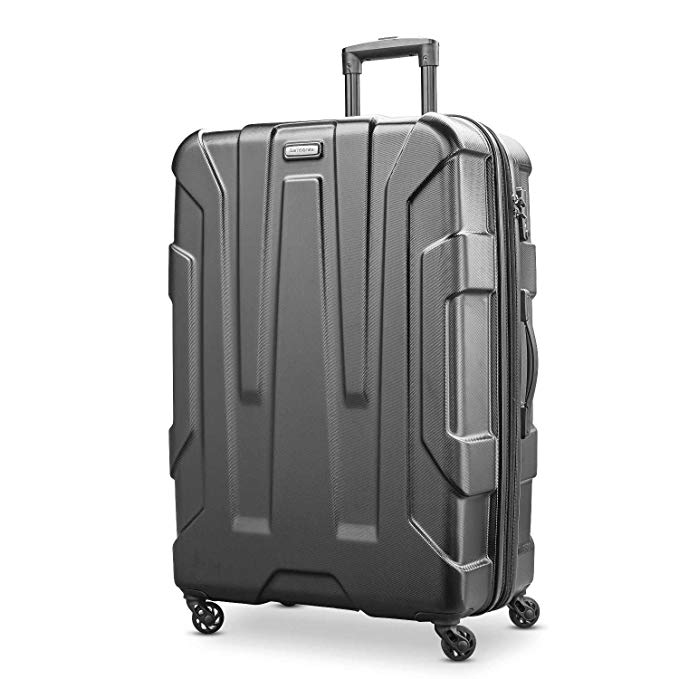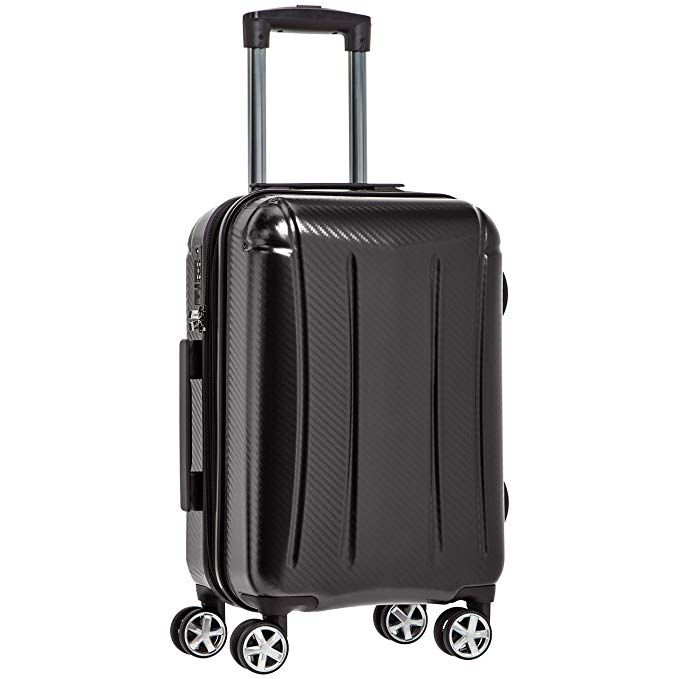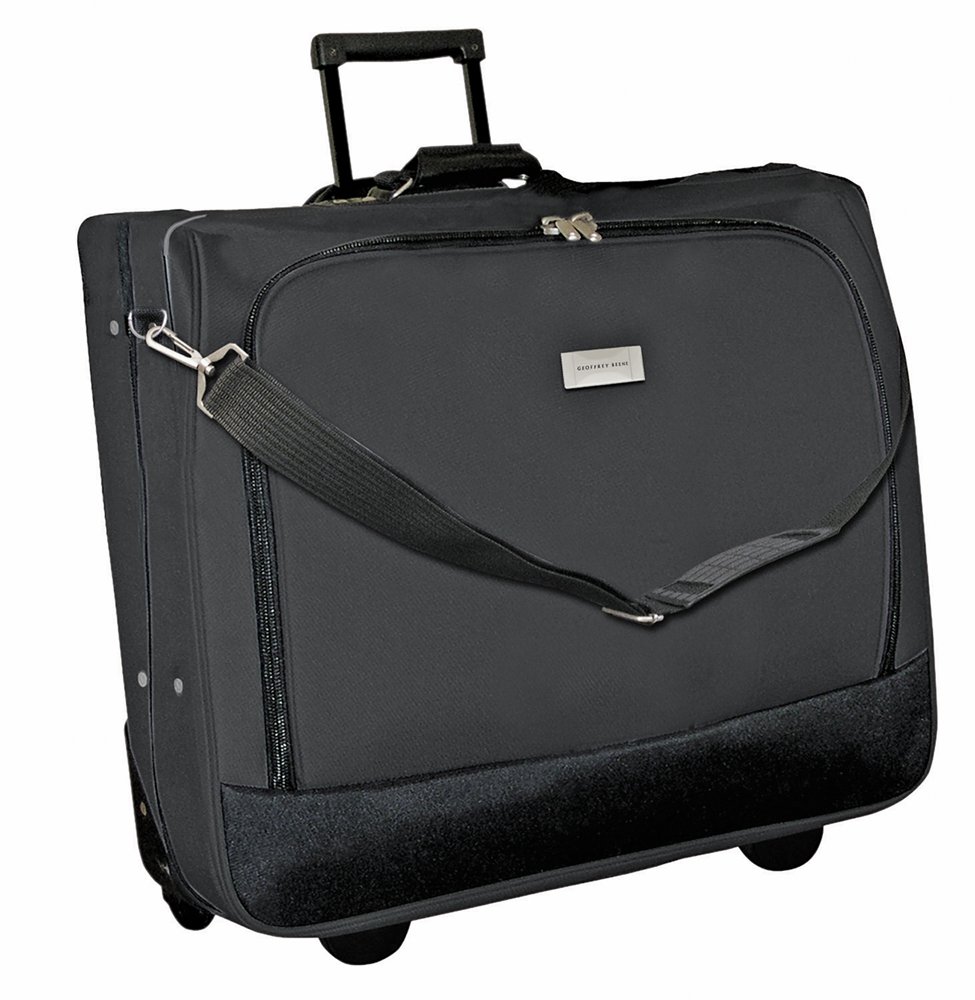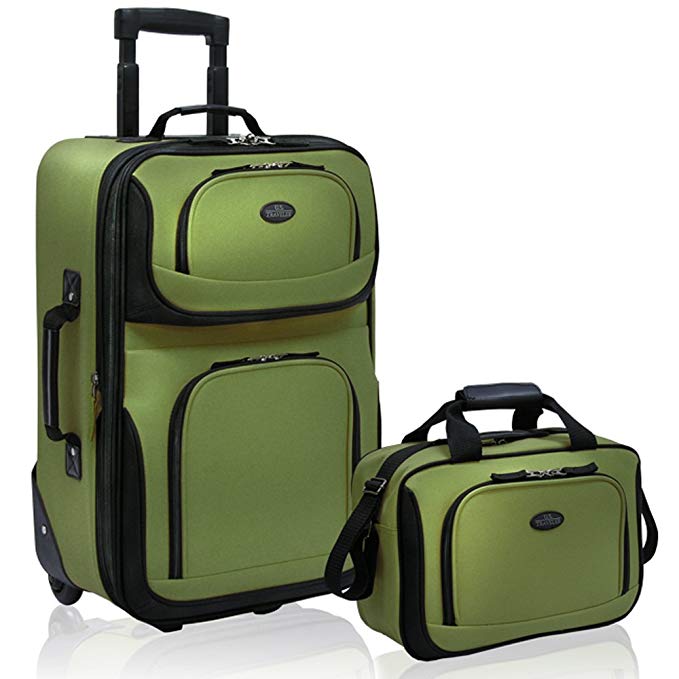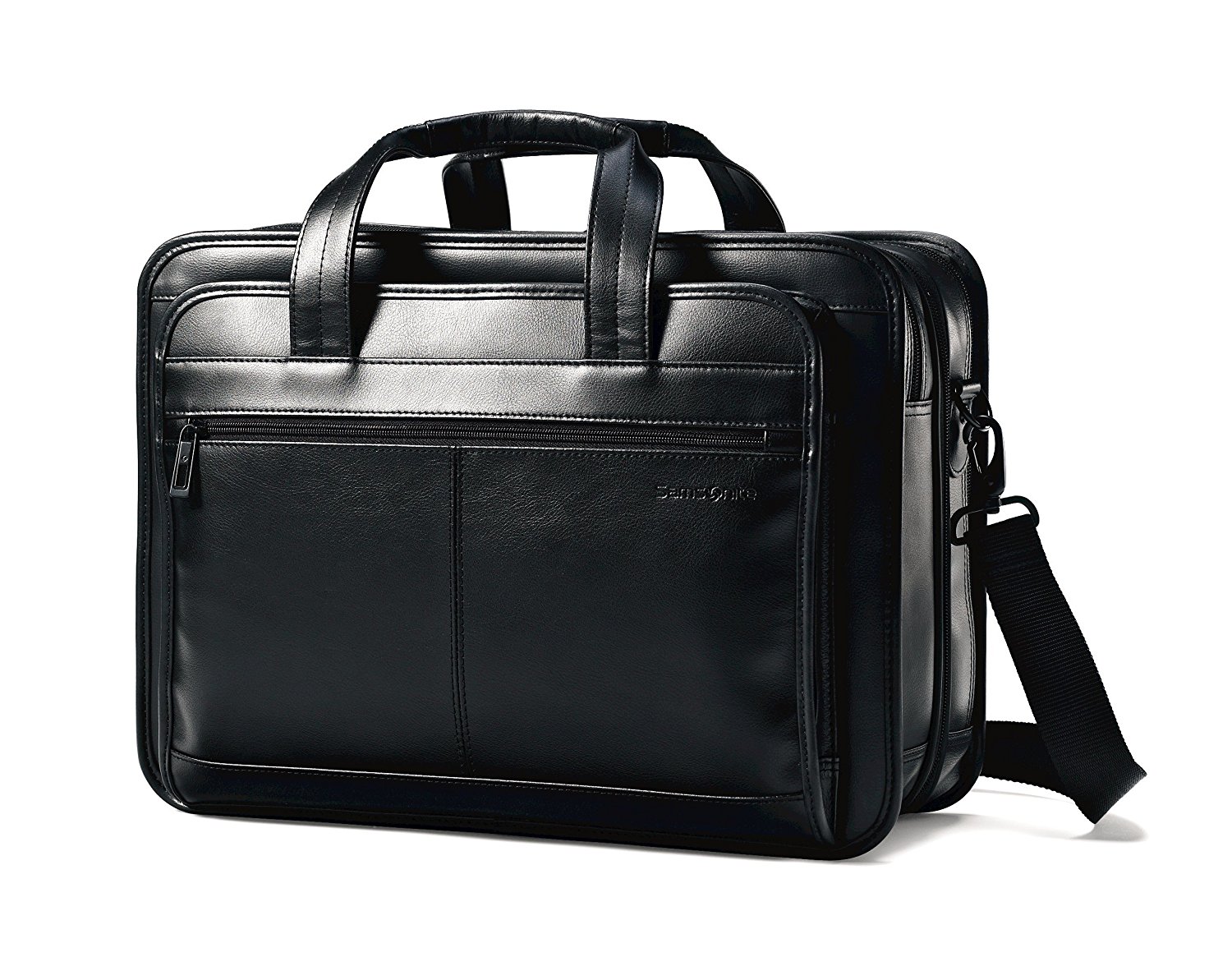LUGGAGE RELEVANT INFORMATION
Choosing the right suitcase usually starts with the size. There are many different types of suitcases – if you don’t know where to start, measurements can be a great starting point.
Here you can see some of the most important airlines and their restrictions. Take them into account before buying your new case, so you can avoid paying annoying extra fees.
Main carry-on luggage restrictions on global airlines
The size and weight restrictions for hand luggage are pretty similar among different global airlines. As you can see, the average size restriction is around 21″ x 15″ x 8″ and the average weight restriction is around 15 pounds. To be 100% sure your luggage is valid for your flight, we recommend you to check these luggage restrictions on the official airline website. This way you can be confident that your trip will be a success and you will pass the airport securirty section without any problems.
AeroMexico Airlines: 22″ x 14″ x 9″ & 22 pounds (56 cm x 36 cm x 23 cm & 10 kg)
American Airlines: 22″ x 14″ x 9″ (56 cm x 36 cm x 23 cm). There’s no weight limit for hand luggage.
Air Canada Airlines: 21″ x 15″ x 9″ & 22 pounds (55 cm x 40 cm x 23 cm & 10 kg)
China Airlines: 22″ x 14″ x 9″ & 15 pounds (56 cm x 36 cm x 23 cm & 7 kg)
Emirates Airlines: 21″ x 15″ x 8″ & 15 pounds (55 cm x 40 cm x 20 cm & 7 kg)
Hong Kong Airlines: 22″ x 14″ x 9″ & 15 pounds (56 cm x 36 cm x 23 cm & 7 kg)
Indigo Airlines: 21″ x 15″ x 8″ & 15 pounds (55 cm x 40 cm x 20 cm & 7 kg)
Qatar Airlines: 19″ x 14.5″ x 10″ & 15 pounds (50 cm x 37 cm x 25 cm & 7 kg)
Saudi Arabian Airlines: 21″ x 15″ x 8″ & 15 pounds (55 cm x 40 cm x 20 cm & 7 kg)
Singapore Airlines: 21″ x 15″ x 8″ & 15 pounds (55 cm x 40 cm x 20 cm & 7 kg)
Virgin America Airlines: 24″ x 16″ x 8″ (61 cm x 41 cm x 25 cm). There’s no weight limit for hand baggage.
Virgin Australia Airlines: 19″ x 13″ x 9″ & 15 pounds (48cm x 34cm x 23cm & 7 kg)
Main carry-on luggage restrictions on European airlines
European airlines have been trying to reach an agreement on size restrictions, so hand luggage sizes can be uniform within the EU. Nevertheless, size and weight allowed vary a lot, depending on the airline and on the type of flight (tourist, business or VIP class). Since Ryanair has the most restricted size limit, most travelers opt for the smallest luggage option, so they can have access to all European Airlines.
Air Europa: 20”x 15” x 10” & 22 pounds (55 cm x 35 cm x 25 cm & 10 kg). A handbag or laptop with maximum dimensions of 8″ x 15″ x 12 “(20 cm x 35 x 30 cm) is also allowed.
Vueling: 20″ x 15″ x 8″ & 22 pounds (55 cm x 40 x 20 cm & 10 kg). In addition, you can carry an additional bag of 15″ x 8″ x 8″ (35 cm x 20 x 20 cm).
Iberia: 22″ x 17″ x 10″ (56 cm x 45 cm x 25 cm)
EasyJet: 22″ x 17″ x 10″ (56 cm x 45 cm x 25 cm)
Ryanair: 15″ x 7″ x 10″ (40 cm x 20 cm x 25 cm)
Air France: 21″ x 13″ x 10″ (55 cm x 35 cm x 25 cm). Depending on the travel class, the weight of hand baggage varies between 12 and 18 kg. You can also carry an accessory such as a briefcase or a 40 cm x 30 cm x 15 cm bag.
Turkish Airlines: 21″ x 15″ x 8″ & 17 pounds (55 cm x 40 cm x 20 cm & 8 kg)
Air Berlin Airlines: 21″ x 15″ x 9″ & 22 pounds (55 cm x 40 cm x 23 cm & 10 kg)
British Airways: 22″ x 17″ x 9″ & 50 pounds (56 cm x 45 cm x 25 cm & 23 kg)
Finnair Airlines: 22″ x 17″ x 9″ & 17 pounds (56 cm x 45 cm x 25 cm & 8 kg)
German Wings Airlines: 21″ x 15″ x 9″ & 17 pounds (55 cm x 40 cm x 23 cm & 8 kg)
Norwegian Airlines: 22″ x 15″ x 9″ & 22 pounds (56 cm x 40 cm x 23 cm & 10 kg)
TAP Portugal Airlines: 21″ x 15″ x 8″ & 17 pounds (55 cm x 40 cm x 20 cm & 8 kg)
It is essential, as we said before, that you take into account the airline restrictions to avoid having your baggage removed before boarding and paying the check-in fee.
Your baggage is a crucial part of your trip. You need something sturdy, reliable, and that will last through many flights, train rides, and transfers through pavement, cobblestone, or dirt. Especially if you travel with kids! While there have been many innovations when it comes to baggage design and material, a big debate surrounds the wheel: spinner or roller? There are many types of bags out there. That’s why we recommend to do a little research to compare different options and discover what type of suitcase meets your needs.
Having or not having the right baggage on a family trip can make a significant difference, especially if your family travels frequently, or on itineraries that involve multiple transitions. While you can just fit all the kids’ stuff in any old bag, you may regret that choice as you become a human pack mule going through the airport, city streets, etc. Family baggage selections are one of the pre-trip planning priorities along with mapping routes, figuring out the itinerary and researching destinations. Choosing the right case for your children will save you more packing space, and will entertain your kids. Actually, children enjoy carrying their own bags, since this gives them a sense of rensponsibility.
How to choose the best travel suitcase for a kid
If you want to buy a case for your children, there are some factor you should consider first.
- Age. Age is a crucial factor, since it influences the weight that the kid can carry. It is not recommended that children under 3 years old carry their own luggage, unless it is a really small and light backpack. From 3 years-old on, children can start carrying their things. Consider your children’s height, weight and strenght before making your choice.
- Soft vs Hard-shell. Just like any other adult suitcase, children’s cases may be made of different materials. Soft grips are a great option for kids, since they’re lighter and easier to handle. Their con is probably their short useful life. But since kids grow up quickly, this shouldn’t become an issue.
- Spinner vs backpack. Spinner suitcases may be difficult to maneuver for children, especially when they are under 5 years-old. Choosing a spinner may mean your kid dropping the suitcase during the whole trip. On the other hand, they’re more useful as they grow up, since they can carry more weight in them. Fortunately, there are some suticases for kids that actually convert from a spinner into a backpack. If you want the best of both worlds, this is your perfect solution.
- Design. If you’re buying a suitcase for your kid, it’s important that they are involved in the process. And this is where design takes part. Kids baggage has plenty of different designs – colorful, with animal shapes, or with the images of their favorite cartoons. Let your kid be involved in the buying process and they will love to carry their own case.
Didn’t you do the maths right and now you have got a lot of extra things to pack? Add the baggage you need in your reservation and don’t leave anything at home.
Although the most frequent option is to travel with just one hand baggage, you can of course check in a bigger suitcase to carry that extra stuff.
In general, all airlines have the same rules about extra baggage. You can add carry-on luggage at any time and up to 2 hours and 30 minutes before the flight departure. The cost of the baggage or packages includes up to 20 kg of weight. If your baggage weights more, you can carry up to 32 kg paying a surcharge. You can check up to 5 cases or packages with a maximum of 50 kg distributed among all of them. You can check in special baggage such as sports baggage (surfboards or snowboards, windsurfing sails, golf bags, bicycles) and musical instruments. Remember that the maximum weight allowed for special luggage is 32 kg.
The price of checked bags varies depending on the country of origin, destination and season. If you have any doubts or if you just want to make sure you’re carry-on luggage is good to go, we recommend you to check the airlines’ restrictions on extra luggage. This will give you some piece of mind to carry everything you need.
LASTEST LUGGAGE REVIEWS
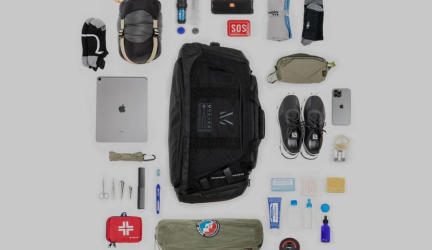
MONARC Duffel-Backpack & Accessories

Monos Summer Sale: Up to 25% off on their best luggage
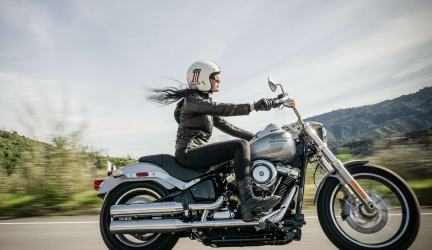
2021 Viking Bags Mega Deals: Best Products on Motorcycle Luggage
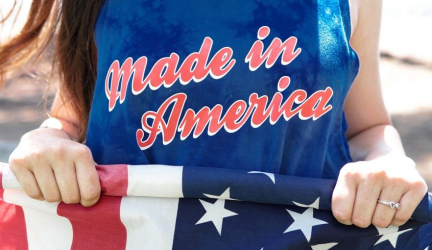
Subtle Patriot On Sale: Best Discounts

Luggage Sale: Best Discounts on Suitcases and Duffels
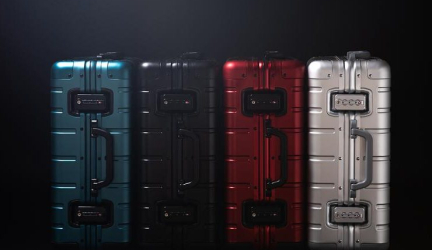
MVST Select: Our List of the Best MVST Luggage

BAGINC: Trendy Bags at Unbelievable Prices
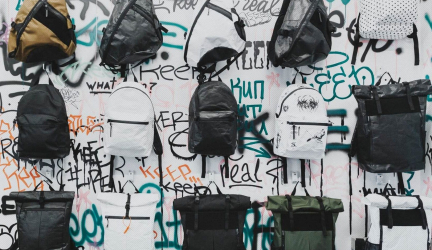
The Best Anti-Theft Backpacks and Slide Bags

Best Deals for your Christmas Gifts 2020
FREQUENTLY ASKED QUESTIONS
What is the best suitcase?
Choosing the right suitcase depends on your personal needs and preferences. There are a lot of different types of baggage: rolling, spinner, briefcases, backpacks… Take a moment to think about what kind of traveler your are – business, tourist, with children… There is a special suitcase for all kind of trips. You just need to think about what you need and choose yours accordingly. Here you can find a selection of the best suitcases in the market (briefcases, bags for kids, spinners, garment bags, etc). We have reviewed all of them and put them into sections, so it will be easier to find the best suitcase for you, in a simple and fast way.
Packing Smart
We know how hard it can be to squeeze everything you need into a suitcase. When you’re cramming everything into that one piece of baggage, it needs to have plenty of pockets for organization and other smart travel features (like lockable zippers and sturdy wheels). After all, we know how it feels to sprint from Gate A3 to Gate Q36 to make a connecting flight. Whether you’re checking for bags or looking for a lightweight carry-on suitcase or travel pack, we’ve got the solution for you. We’ve created this handy buying guide to help you find the right type of baggage for your journey.
Forbidden objects in the cabin of the plane
Passengers are not permitted to carry the following items in the security restricted area or in the cabin of the aeroplane:
1. Guns, firearms and weapons in general; any object capable or capable of firing a projectile or causing injury, such as all firearms (pistols, revolvers, rifles, shotguns, etc.), reproductions and replicas of firearms, components of firearms (excluding sighting devices and telescopic sights), air pistols, rifles and shotguns.
2. Sharp and cutting weapons and sharp objects, articles with tips or blades that are capable of causing injury such as axes, knives, arrows and darts, crampons (metal fastening piece, iron hook or soles with nails used for mountaineering), harpoons and spears, ice picks and picks, ice skates, knives with blades greater than 6 cm including automatic or zippered knives, hunting, religious or ceremonial knives made of metal or any other material that is strong enough to be used as a potential weapon, meat knives, machetes, open razor blades and blades themselves (excluding safety blades or single-use blades and blades that are embedded), sabers, swords and walking sticks, swords, scalpels, scissors with blades measuring more than 6 cm from the point of attachment, ski and hiking poles, ninja stars, work utensils with a blade or shaft of more than 6 cm that has a potential use of weapon, such as drills and bits, blades, utility knives, all saws, screwdrivers, chisels, sticks, hammers, pliers wrenches or wrenches, torches.
3. Explosive and flammable substances; any explosive or highly flammable substance that poses a risk to the health of passengers and crew or the safety of the aircraft or property, including ammunition, detonators, fuses and detonators, explosives, mines and other explosive products, reproductive or imitation material or explosive devices, mines and other explosive products of a military nature, grenades of all types, gas and gas containers such as butane, propane, acetylene, oxygen – in large volumes – fireworks, flares of all kinds and other pyrotechnics (including firecrackers and fulminant toys), non-safety matches, smoke from the generation of cans or cartridges, flammable liquid fuel such as gasoline / diesel gasoline, lighters, alcohol, ethanol, paint sprays, paint thinner, alcoholic beverages above 70% by volume (140% graduation).
4. Non- sharp instruments: a blunt, non-sharp instrument that can cause injury, such as tennis rackets, baseball and softball bats, clubs or sticks – rigid or flexible – e.g. truncheons, lead-covered leather truncheons with flexible shafts, cricket clubs, golf clubs, hockey sticks and hurley sticks, lacross sticks, kayak and canoe skateboards, billiard tacos, billiard tacos, fishing rods, martial arts equipment such as iron fists, sticks, truncheons, metal knuckle, nunchakus, kubotans or kubasaunts.
What is a TSA Lock?
A TSA lock is a kind of locking system for baggage. It is a lock that usually opens with a 3 digit PIN (it can also unlock with a key or with 4 digits), chosen by the owner of the suitcase. This lock prevents the suitcase from being open by accident.
TSA stands for Transportation Security Administration, which is a US administration in charge of travelling security in the United states of America. In the US, agents of the Transportation Security Administration can access baggage for security reasons. If this lock is TSA-approved, this means that the agents of the TSA can open the lock without knowing the PIN chosen by the owner.
Is the TSA lock mandatory in the US?
Technically and from a legal perspective, TSA locks are not mandatory, but recommended. If you use any other lock, the TSA agents won’t be able to open it, so they will cut your suitcase to check the content for security reasons. This is why your suitecase should include a TSA-approved lock, especially if you are a frequent traveller in the US. If it doesn’t, you can buy a separate lock and add it to the suitcase. Nevertheless, most suitcases have already a built-in, TSA-approved lock.
Is the TSA lock mandatory outside the US?
No, there is no legislation that says TSA locks are mandatory, for instance, in Europe. The Transportation Security Administration (TSA) is an agency that belongs to the government of the US, therefore TSA agents do not operate outside of the US territory.
Security procedures are different in Europe. Your baggage may be opened and checked at Customs for security reasons, but this is not a frequent operation and it is usually done in presence of the owner of the suitcase.
Can I take both a hand luggage and a briefcase with me?
This depends on the company’s baggage restrictions. Normally, most airlines allow carrying one hand suitcase and a small personal bag, like a handbag or a briefcase. Low cost companies have quite restrictive rules when it comes to baggage measurements, so you may bring only one item with you. To be 100% sure, take a look at the baggage restrictions of the airline in their official website.
